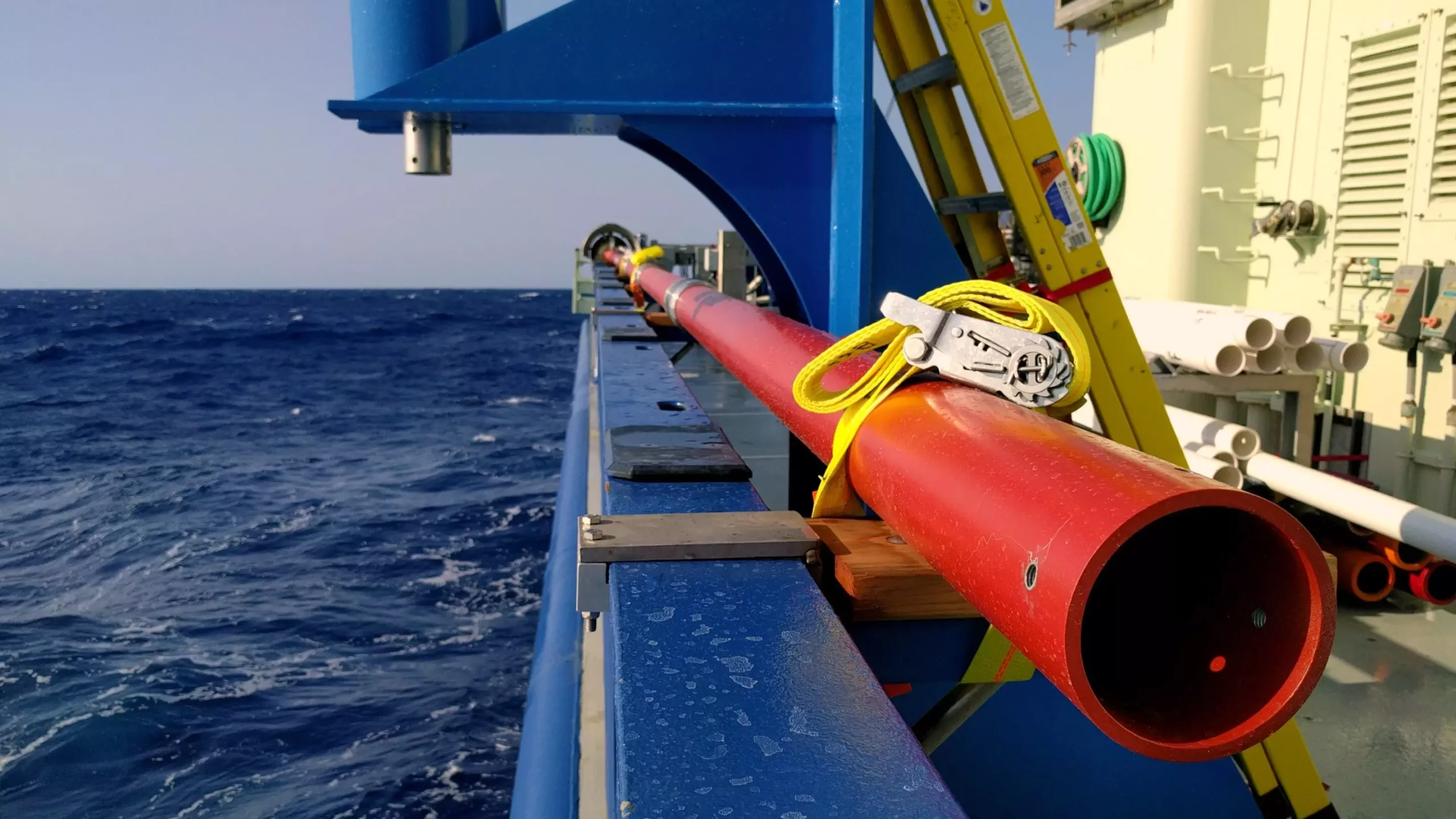The Gulf Stream, a major ocean current existing within the Atlantic Meridional Overturning Circulation (AMOC), plays an integral role in regulating global climate patterns. Recent findings from researchers at University College London (UCL) provide compelling evidence about the Gulf Stream’s behavior during the last ice age and suggest that the dynamics of this key current could significantly influence future climatic conditions. With climate change posing unprecedented challenges, it is crucial to interpret the historical data through the lens of modern science, as the implications are far-reaching.
A Window into the Past: Gulf Stream Dynamics During the Last Ice Age
Approximately 20,000 years ago, during the last ice age, the Gulf Stream exhibited a strength not observed today. Researchers found this was a result of enhanced wind patterns across the subtropical North Atlantic, leading to a deeper and faster-flowing Gulf Stream. Dr. Jack Wharton, the lead author of the study published in *Nature*, emphasizes that this historical instance demonstrates the Gulf Stream’s ability to transfer significant amounts of tropical heat despite the overall cooler climate at the time.
This historical analysis raises important questions about the Gulf Stream’s current state and its potential future. If the research points towards a correlation between wind patterns and Gulf Stream intensity, it suggests that ongoing changes in climate could render the current less effective at transporting warm waters from the tropics to Europe.
The Potential Impact of Future Climate Change
The study poses critical warnings regarding climate change’s capability to alter wind patterns, thus affecting the Gulf Stream’s functionality. It indicates that even a minor reduction in subtropical winds could weaken the Gulf Stream, subsequently reducing the warmth that reaches Europe. This chilling effect could have dire consequences, such as increased sea levels along the North American coast, which would pose risks of flooding in major cities.
As the Guf Stream weakens, Europe, often considered a climate haven due to its temperate conditions, could face a drastic temperature drop of 10 to 15 degrees Celsius. This potential cooling could upend agricultural systems, drastically alter weather patterns, and unravel the delicate balance that sustains European life as we know it.
Interconnectedness of Ocean Currents and Climate Stability
What makes the Gulf Stream particularly interesting is its interconnectedness with other oceanic processes. The AMOC, which consists of various loops—including the subtropical and subpolar loops—plays a crucial role in global heat distribution. The decline of the Gulf Stream should not be seen in isolation; it could simultaneously affect the subpolar loop. As glacial meltwater from Greenland enters the ocean, it may disrupt the deepwater formation that sustains the current dynamics of the AMOC.
Prof. Mark Maslin reminds us that these ocean currents act as major conduits of heat, and their disruption could lead to paradoxical warming phenomena. As the climate warms, the very systems designed to moderate temperature may, in fact, contribute to cooler conditions, particularly in Europe, further complicating our understanding of climate science and resilience.
Challenging Established Metaphors: The Complexity of AMOC
Traditionally, the AMOC has been analogized to a massive conveyor belt, an oversimplification that may obscure the sophisticated interactions within ocean currents. Professor David Thornalley advocates for a new perspective: envisioning the AMOC as a complex series of interconnected loops that can respond differently to environmental shifts. The insights from UCL’s research point towards a Gulf Stream that was not only historically stronger but also contextually intricate in its responses to ancient climatic conditions.
Moreover, the isotopic signatures obtained from sediment cores suggest layers of historical data that help paint a clearer image of what the Gulf Stream’s behavior was like during significant climatic shifts. Recognizing the nuances within these systems is imperative as we devise future climate models, which must account for numerous variables in order to project outcomes accurately.
This research sets a precedent for understanding the Gulf Stream’s role in our planet’s climatic equilibrium. As we stand at a crossroads of increasing global temperatures and changing wind patterns, it is essential to approach climate science with a clear sense of urgency. The implications of a weakened Gulf Stream extend far beyond regional temperature drops—they present a potential blueprint for wide-ranging ecological and socio-economic impacts that could alter life in Europe and beyond. As scientists continue to investigate these deep connections, a coordinated global response to mitigate climate change is not just beneficial—it’s critical for preserving our future.


Leave a Reply